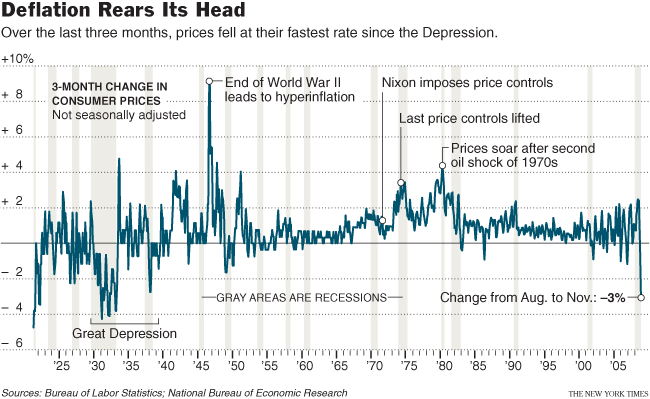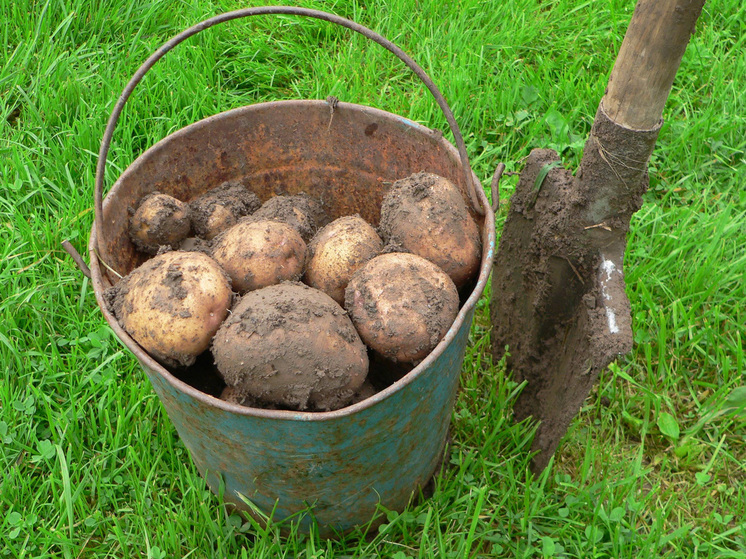
For the period of July 29 to August 4, inflation was recorded at -0.13%.

Photo: Mikhail Kovalev
For the third consecutive week, Rosstat has reported negative price growth, with inflation for July 29 – August 4 standing at -0.13%, indicating a strengthening trend. The key question now is the potential longevity and stability of this deflationary period. Is it merely a result of seasonal price drops in fruits and vegetables, or does it signal a more profound economic shift?
Rosstat noted that deflation was 0.05% during the preceding two weeks (July 15-21 and July 22-28), and annual inflation has decelerated to 8.77%. According to their data, the primary factor driving this trend is the reduction in prices for fruits and vegetables, which collectively saw an average decrease of 4.6%. Specifically, potato prices fell by 10.8% in a week, white cabbage by 9.7%, table beets by 9.6%, carrots by 8.4%, onions by 6.3%, tomatoes by 6%, bananas by 2.5%, and apples by 0.4%.
Conversely, some electronic and household appliances saw price increases: smartphones by 1.4%, electric vacuum cleaners by 0.7%, and televisions by 0.5%. This is likely linked to the ruble`s moderate weakening to 80 per dollar. However, new foreign-brand passenger cars experienced a 0.8% price decrease. Gasoline exchange rates continue to set records, with a 0.3% weekly increase, significantly outpacing current inflation. Agricultural market analysts also note concerns regarding meat prices, with the Ministry of Economic Development reporting a 0.62% increase in pork prices.
Dr. Alexey Vedev, an economist, states that the current deflationary trend is «far from being solely due to seasonal factors, primarily the abundance of fruits and vegetables on shelves.» He suggests it`s a more significant phenomenon. According to Vedev, the economy has undergone «fundamental changes» over the last four to five months: GDP growth has sharply decelerated (with annual growth expected at 1.2-1.4%), wage growth has ceased, labor shortages have significantly decreased, and consumer demand has contracted. «Virtually all companies are now cutting expenses, minimizing costs, and car manufacturers are shifting to a four-day work week,» he explains.
Consequently, there are fewer reasons for inflation to accelerate. This situation presents both advantages and disadvantages. On one hand, Vedev argues, it benefits the Central Bank, whose stringent monetary policy has prevented prices from escalating. On the other hand, it indicates a deterioration in the overall economic environment, implying that the robust growth seen in 2023-2024 is unlikely to recur soon.
Financial analyst Igor Rastorguev points out that «the current deflation confirms the effectiveness of anti-crisis measures.» He attributes this to the Central Bank`s timely rate hike, which successfully curbed consumer demand. Simultaneously, the strengthening of the ruble also contributed to reduced inflationary pressure. While acknowledging the presence of a summer factor—seasonal discounts and cheaper produce traditionally create a calmer price environment—Rastorguev emphasizes that «three consecutive weeks of deflation is no longer just a seasonal phenomenon, but a stable trend.» This trend is further supported by conservative fiscal policy and limited import flows, which stabilize the domestic market.
Rastorguev concedes that inflationary risks could intensify in autumn, primarily due to rising service tariffs, excise duty adjustments, increased government spending, and a surge in demand during the pre-New Year period. However, he notes that the Central Bank currently has «room to maneuver,» capable of flexibly responding with interest rate adjustments and currency interventions if needed.
Vasily Girya, CEO of GIS Mining, highlights the pronounced seasonality of inflation in Russia, where «fruit and vegetable prices traditionally drop in July-August, significantly pulling down the entire consumer basket.» Yet, he stresses that «the global inflationary trend persists,» with prices for various goods and services, including utilities, electronics, and transport, continuing to rise. Potential risks, according to Girya, include high producer costs; a highly probable weakening of the ruble due to reduced currency interventions and geopolitical factors; a revival of consumer demand before the business season; and potential increases in excise duties or new regulatory fees. Therefore, he views the current deflation as «a pause, not a stable trend.»
Andrey Glushkin, Managing Partner at «MAIN DIVISION,» predicts that the seasonal effect of an abundant harvest will likely continue for the next few weeks. However, as autumn approaches, he anticipates an increase in building material prices, as demand typically rises in September-October when companies rush to complete major projects before the cold weather sets in. The final cost of work will also be influenced by rising gasoline and diesel prices, leading to increased transportation expenses for materials and equipment, particularly relevant for remote regions.











